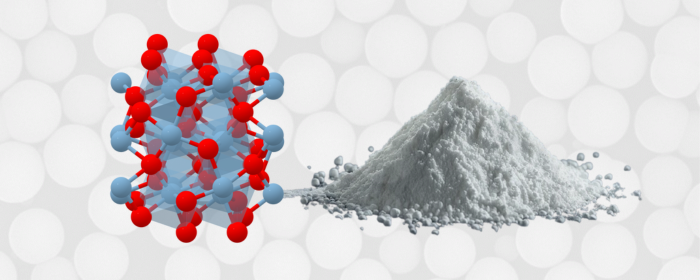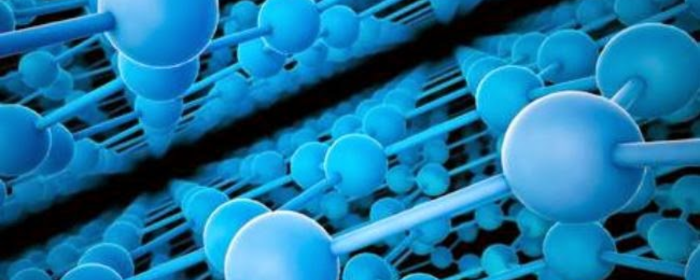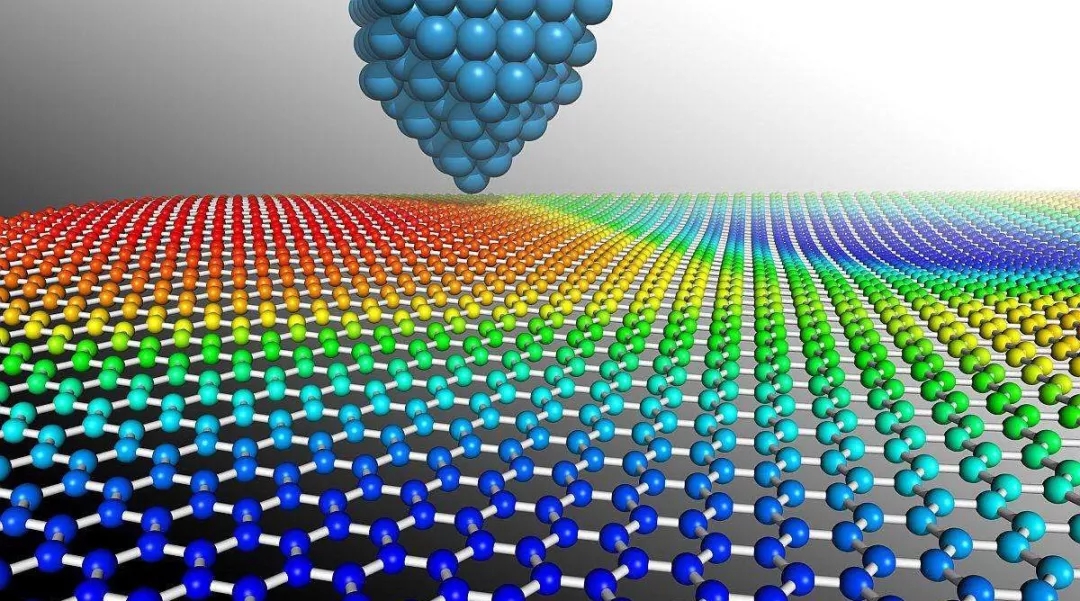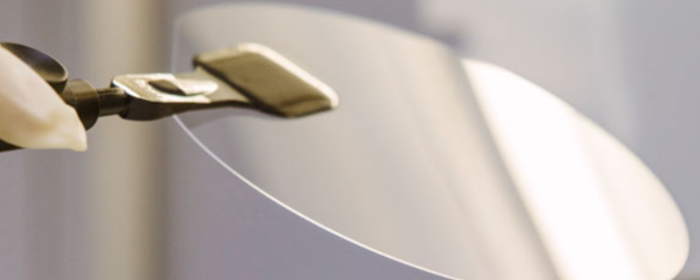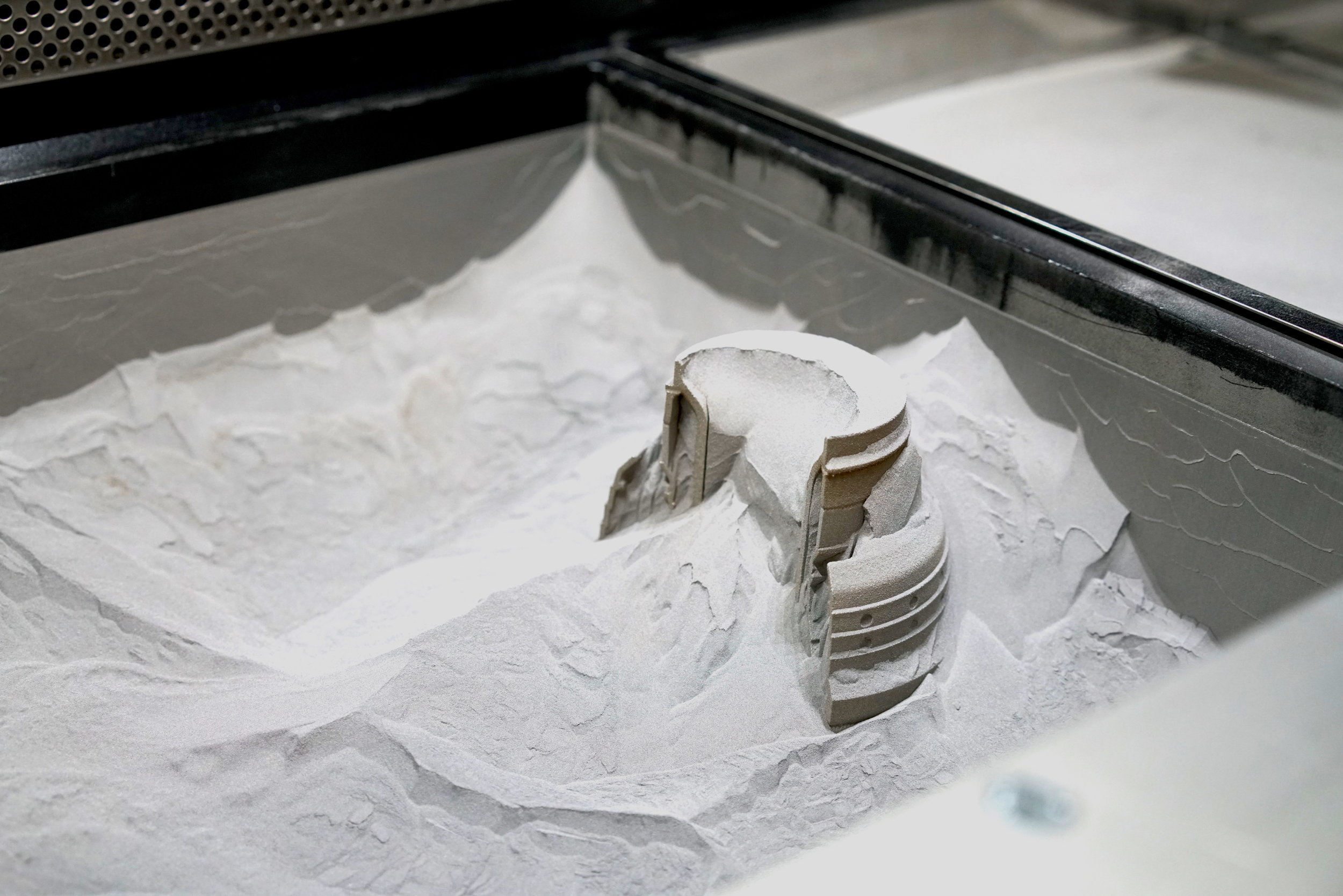

Titanium dioxide (TiO2) is a versatile and ubiquitous compound with a bright future ahead. Widely known for its use as a white pigment in paints, cosmetics, and sunscreens, TiO2 has an expanding range of applications in various industries. This article explores the multifaceted world of titanium dioxide, its properties, current applications, and the promising innovations that suggest an even brighter future for this remarkable material.
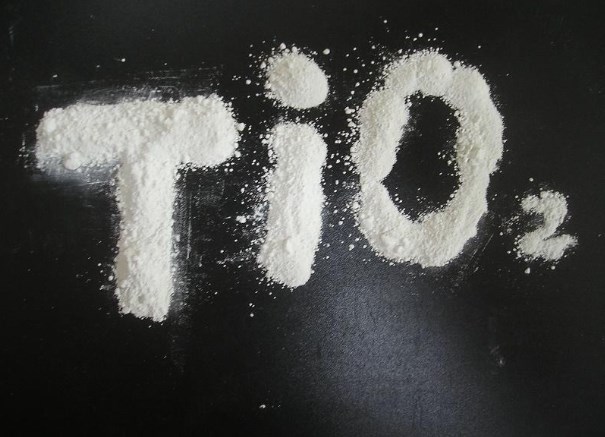
Titanium dioxide is a white, odorless, and tasteless oxide of titanium, represented chemically as TiO2. It occurs naturally in several minerals but is primarily produced synthetically on an industrial scale. The unique properties of TiO2, including its high refractive index, excellent UV light absorption, and non-toxicity, make it indispensable in various applications.
Chemical Composition: Titanium dioxide is a naturally occurring oxide of titanium with the chemical formula TiO2. It exists in various crystalline forms, with rutile and anatase being the most common.
Exceptional Whiteness: TiO2 is renowned for its exceptional opacity and brightness, making it a preferred choice in products that require vivid white colors.
Paints and Coatings: TiO2 is a primary ingredient in white paints and coatings, where it provides excellent coverage, brightness, and UV resistance.
Cosmetics: It is widely used in cosmetics, including foundations, sunscreens, and toothpaste, for its ability to impart a natural white appearance and UV protection.
Plastics: TiO2 is incorporated into plastics to improve their whiteness, durability, and resistance to degradation from UV radiation.
Food Additive: In the food industry, it serves as a safe and effective whitening agent and opacifier in products like candies and powdered sugar.
Photocatalysts: In the field of environmental science, TiO2 nanoparticles are used as photocatalysts to break down organic pollutants and purify air and water.
Photovoltaics: Titanium dioxide is being explored for use in solar cells, where its unique properties can enhance energy conversion efficiency.
Biomedical Devices: TiO2 nanomaterials show promise in drug delivery systems, tissue engineering, and diagnostic tools due to their biocompatibility and photocatalytic activity.
Energy Storage: Research into using TiO2 in advanced battery and supercapacitor technologies could lead to significant improvements in energy storage systems.
Environmental Remediation: TiO2-based materials are increasingly used to remove pollutants and contaminants from water and soil in environmental cleanup efforts.
Green Technologies: TiO2's photocatalytic properties are at the forefront of green technology advancements, offering solutions to environmental challenges such as air and water pollution.
Energy Efficiency: As a component of energy-efficient materials and devices, TiO2 is poised to play a crucial role in reducing energy consumption in various industries.
Healthcare Innovations: Ongoing research suggests that TiO2 nanoparticles may find applications in targeted drug delivery and innovative medical diagnostics.
Sustainable Practices: The eco-friendly nature of TiO2 in various applications aligns with the global shift toward sustainability and environmentally responsible manufacturing.
Titanium dioxide, with its remarkable properties and adaptability, is far more than just a white pigment. Its growing range of applications in diverse industries promises a bright and sustainable future. As scientists continue to explore its potential in emerging fields, titanium dioxide is poised to be a shining beacon of innovation, improving our daily lives and contributing to a cleaner, more efficient, and healthier world.

